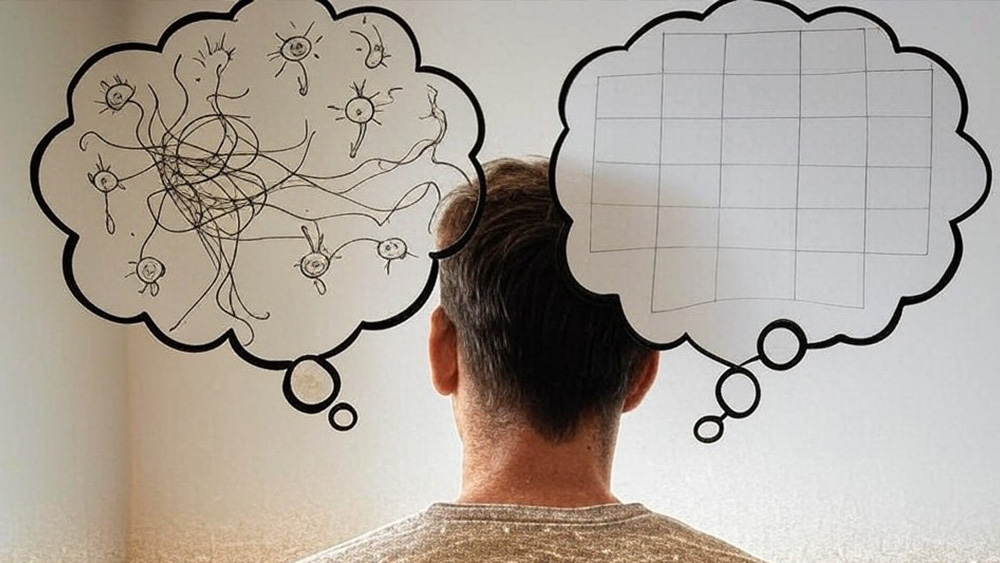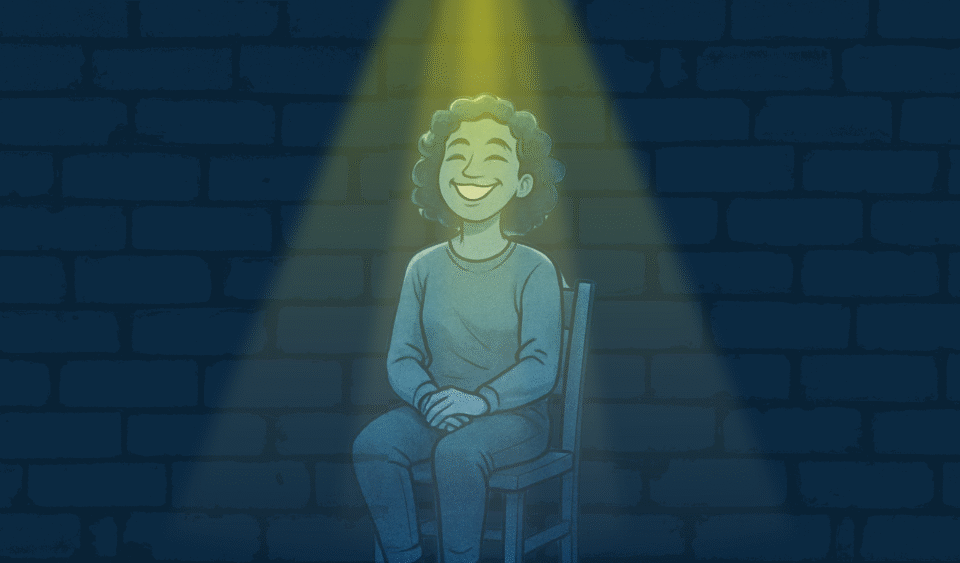There’s a particular kind of silence that falls in the space between thoughts – when the constant chatter of anxiety pauses just long enough for you to glimpse who you might be without it. As a Mindset & Performance Coach, I’ve sat in this silence with others, witnessing the moment they realize their mind can be more than just a battlefield. It can become the path forward.
What is CBT, Really?
Cognitive Behavioral Therapy (CBT) strips away the mystery of mental struggles. It’s not endless self-analysis or forced positivity. It’s a practical approach to understanding how your thoughts, feelings, and actions connect. Think of it as a toolkit for your mind – not to fix what isn’t broken, but to build better ways of navigating life’s complexities.
At its core, CBT works by:
- Identifying thought patterns that shape your daily life
- Understanding how these thoughts fuel your emotions and actions
- Developing practical ways to respond differently when needed
The Raw Truth About Mental Challenges
In the quiet of 3 AM, when sleep evades and thoughts spiral, we all face the same fundamental truth: our minds can become our most formidable opponents. They know our weaknesses, remember every failure, and can transform minor setbacks into catastrophic predictions.
This isn’t about weakness – it’s about being human in a world that often demands superhuman resilience.
But how does CBT work in the real world? Let’s break this down into practical terms:
Thought Patterns
Your mind creates shortcuts based on experience – some serve you, others hold you back. CBT helps you distinguish between the two, not through endless analysis, but through practical observation and action.
Emotional Responses
When you understand how thoughts trigger emotions, you gain choice in how you respond. It’s not about suppressing feelings or maintaining a perfect facade – it’s about understanding the patterns that drive them.
Actions and Behaviors
Small, deliberate changes in how you respond can create significant shifts in your mental landscape. Progress isn’t about grand transformations – it’s about consistent, mindful steps forward.
Three Practical Tools You Can Use Today
1. The Basic Thought Record
Write down:
- The situation that triggered you
- Your immediate thoughts
- What you did in response
This simple practice reveals patterns without drowning you in analysis.
2. The Action Step
When overthinking grips you, choose one small action. It doesn’t need to be perfect – it just needs to move you forward.
3. The Reality Check
Ask yourself: “What would I tell someone I care about in this situation?” Our wisdom often shows up more clearly when we step outside our own struggle.
The Truth About Progress
Some days you’ll feel like you’ve mastered your mind. Other days, old patterns will resurface with surprising force. This isn’t failure – it’s part of being human. The goal isn’t perfection; it’s building a more nuanced relationship with your own mind.
CBT isn’t about diving endlessly into emotional depths. It’s about finding practical ways to work with your mind rather than against it. In the coming weeks, we’ll explore specific techniques that translate directly to real-world challenges.
A Starting Point
This week, try one thing: When you notice your thoughts spinning, pause. Take a breath. Write down what’s running through your mind. Don’t judge it, don’t try to fix it – just notice it.
Sometimes, awareness itself creates space for change. And in that space, you might find what you’ve been looking for all along – not a perfect mind, but one that you can work with rather than against.
In my next post, I’ll explore specific techniques for breaking free from the grip of overthinking.
Until then, remember that seeking understanding isn’t weakness – it’s the first step toward transformation.






